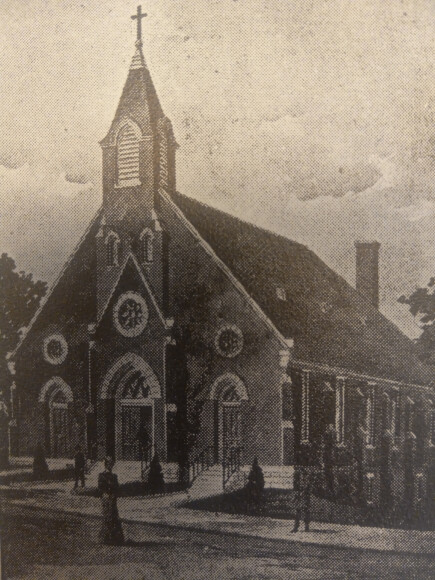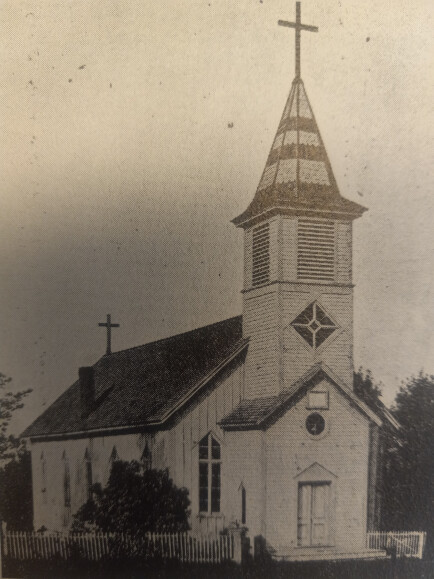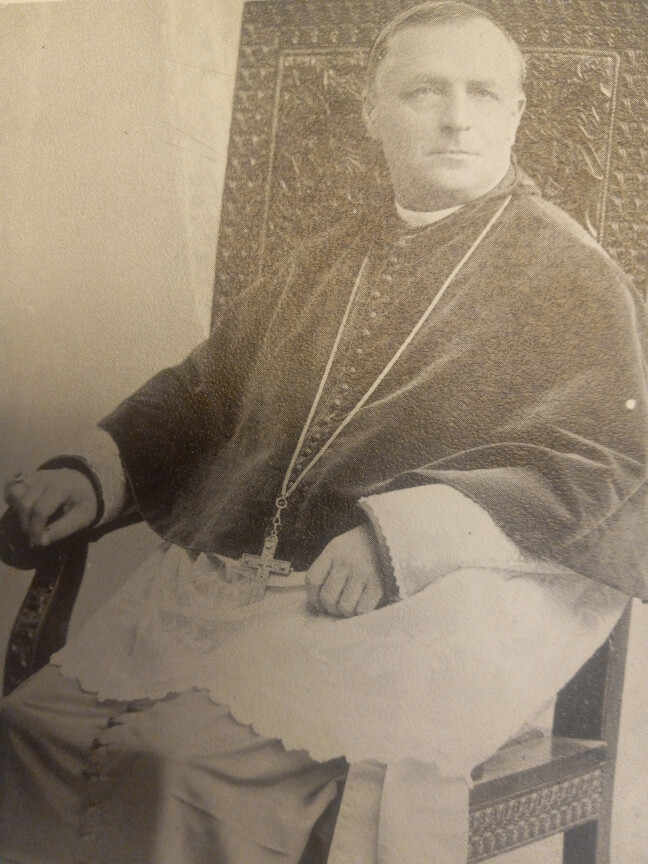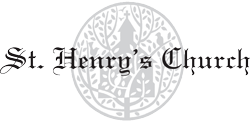

Our History
In 1862 John H. Aken, a church warden and partner of John McLaren in the operation of a hosiery mill, donated land on main street, Averill Park for a Church. Six adjacent acres were purchased for $500, and October 25, 1868, Bishop John Conroy appointed Rev. Henry Gabriels to organize a new parish. Chapels at Nassau and East Poestenkill were incorporated into the Averill Park Parish in June 1869. Work began on a wooden church in 1869 and on January 4, 1870, it was incorporated under the name of "St. Henry's Church", probably in honor of Father Gabriels' patron, who was born in Bavaria in 972 and crowned king of Germany in 1002. Although the church was not completed, the first mass was celebrated there on a temporary altar on Easter Sunday, April 17, 1870. The church and cemetery were blessed on October 14, 1870, by Rev. Edgar Wadhams, Vicar General of the Albany Diocese. The wooden church was sold to a young couple in the town of Schaghticoke, who intended to build it as a private home. The present church was built in 1902, with Rev. Henry Miller as Pastor. Built of Troy brick, it was designed by Hopkins & Casey of Troy, New York, and erected by Bulmer & Richards. The structure seats 300 people. (Pictured- Most Rev. Henry Gabriels, founder and first pastor of St. Henry's Church 1868 - 1871) Father Gabriels was born in Wannegem Lede, Belgium. He graduated from the seminary of Ghent in 1860. Arriving in New York on October 17, 1864, he was met by the Archbishop John McCloskey and they sailed up the Hudson to Troy on the "Cornelium Vanderbuilt". He became professor of Dogmatic Theology at the Troy Seminary. On July 3, 1871, he became second president of St. Joseph's Seminary in Troy. Father Gabriel, a gifted linguist, was fluent in English, French, German, Flemish, Spanish, Italian, as well as Latin, Greek, Hebrew, and Sanskrit. While serving at St. Joseph's Seminary, Father Gabriels received permission from the Bishop of Albany to organize a new parish at Sand Lake, about ten miles from the seminary. In the area there were many Germans and Irish who had fallen away from the Catholic faith. With his ability to speak German and English, the priest was able to attract many back to the church. In December 1891, Father Gabriels became the second Bishop of Ogdensburg.

